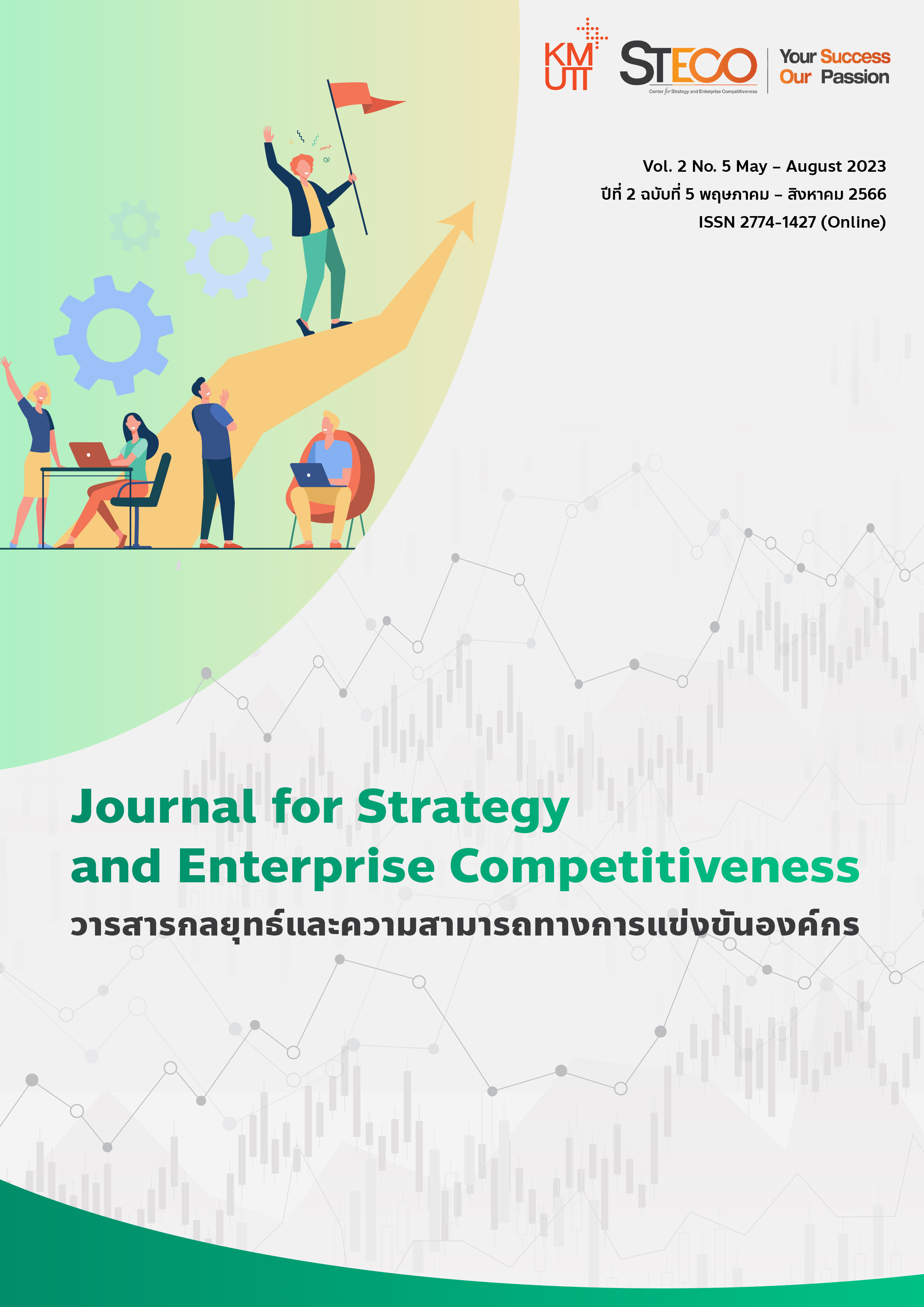The effect of applying the kaizen concept to increase efficiency in reducing waiting time of service for physical therapy department case study Panyananthaphikkhu Chonprathan Medical Center
Keywords:
Kaizen, waiting time, service efficiencyAbstract
The objectives of this research were 1) to study the process and procedure for receiving services, 2) to compare the waiting time of service users before and after using the waiting time reduction guideline, and 3) to suggest ways to increase efficiency in service delivery. Serve to reduce the waiting time of the physical therapy department Panyananthaphikkhu Medical Center, Chonprathan, Srinakharinwirot University. Apply Kaizen Theory, 5W1H, and ECRS as tools to help find method problems and improve them to reduce useless processes. The sample was Patients receiving services in the physical therapy department Panyananthaphikkhu Medical Center, Chonprathan, Srinakharinwirot University. The samples were randomly selected according to their qualifications, 30 people were analyzed and compared the results before and after the improvement. Collect waiting time information and satisfaction before and after improvement. Statistics used for data analysis were percentage, mean and standard deviation.
The results of using Kaizen practices found that the average waiting time after process improvement and service procedures, waiting time from physical therapists, time was reduced from 25 minutes to 15 minutes (40% reduction). Total waiting time (Start to finish, excluding the procedure) decreased from 145 minutes to only 109 minutes (reduced 36 minutes, representing 24.83%) and the average score of satisfaction after the improvement was higher than before the improvement. The researcher proposed that health service workers should pay attention to reducing the wastage caused by waiting for services. To increase customer satisfaction will benefit the efficiency and service standards of the hospital in the future.
References
Davis, M. M., and Heineke, J. (1998). How disconfirmation, perception and actual waiting times impact customer satisfaction. international Journal of Service industry Management, 9(1), 64-73.
Foundation of Thai Gerontology Research and Development Institute (TGRI). (2022). SITUATION OF THE THAI ELDERLY 2014. Retrieved from http://ltc-older.dop.go.th/download/knowledge/knowledge_th_20161608145901_1.pdf
Hillier, F. S., and Lieberman, G. J. (2001). Introduction to operations research. McGraw hill Companies, Inc..
Jitreengarm, J. (2023). Problems Analysis for Processes and Procedures Service Improvement of Service for Physical Therapy Department, Panyananthaphikkhu Chonprathan Medical Center Srinakharinwirot University. In 92nd International Scientific Conference on Economic and Social Development "Business, Economics and Social Development after Pandamics", Bangkok: Kasetsart University.
John, D. Millet. (1954). Management in the Public Service: The quest for effective performance. New York: McGraw-Hill Book.
Knechtges, P., and Decker, M. C. (2014). Application of kaizen methodology to foster departmental engagement in quality improvement. Journal of the American college of radiology, 11(12), 1126-1130.
Luesapsuk, P. (2008). Improving production with lean thinking. Bangkok: E.I.Square Publishing.
Ministry of Public Health. (2013). Reducing the waiting time for receiving health services. Key Performance indicator data system. Retrieved from http://164.115.27.97/digital/files/original/2ddc0ac1ececa4c666af70165c23e011.pdf
Office of the Public Sector Development Commission. (2017). Evaluation of the development of the government system. Retrieved from https://www.nesdc.go.th/more_news.php?cid=690&filename=index
Pinyakhun, P., Cheevakasemsook, A., and Sanprasarn, P. (2017). The development of a Diabetic Clinic service model by applying lean concept at Chaoprayayomraj Reginal Hospital, Suphan Buri province. Journal of The Royal Thai Army Nurses, 18(Supplement January-April), 280-290.
Prachayaprut, T. and Dhiratayakinant, K. (1994). Evaluation of time use of executives in civil service. Faculty of Political Science, Chulalongkorn University.
Saithep, D. and Damapong, P. (2007). The effect of using the service management program based on outpatient nursing standards at Muang Samut Pu Chao Saming Phrai Hospital. Journal of Nursing Science Naresuan University, 1(2), 76-91.
The Healthcare Accreditation Institute (Public Organization). (2018). Hospital and Healthcare Standards. (4th Edition). Nonthaburi: d-one books company limited.
Vanpet, P. (2012). The increasing of performance efficiency by usinf Kaizen concept: case study of account payable non-merchandise department. Business engineering management, Rajamangala University of Technology Thanyaburi.
Vasuthada, C. (2017). The Operational System Improvement for Service Time Reduction of Patients with Chronic Diseases, Thachang Primary Care Unit, Chanthaburi Province. Journal of Phrapokklao Nursing College, 28(1), 80–89. https://he01.tci-thaijo.org/index.php/pnc/article/view/117872

Downloads
Published
How to Cite
Issue
Section
License
Copyright (c) 2023 Journal for Strategy and Enterprise Competitiveness

This work is licensed under a Creative Commons Attribution-NonCommercial-NoDerivatives 4.0 International License.
The opinions appearing in the content of articles of Journal for strategy and enterprise competitiveness. It is the opinion and responsibility of the article author. It is not the opinion and responsibility of the Center for strategy and enterprise competitiveness, King Mongkut's University of Technology Thonburi
Articles, information, content and images, etc., in the Journal for strategy and enterprise competitiveness. It is the exclusive copyright of the Center for strategy and enterprise competitiveness, King Mongkut's University of Technology Thonburi. If an individual or entity wants to distribute all or part of the content or for any action must obtain written permission from the Center for Strategy and enterprise Competitiveness, King Mongkut's University of Technology Thonburi.


